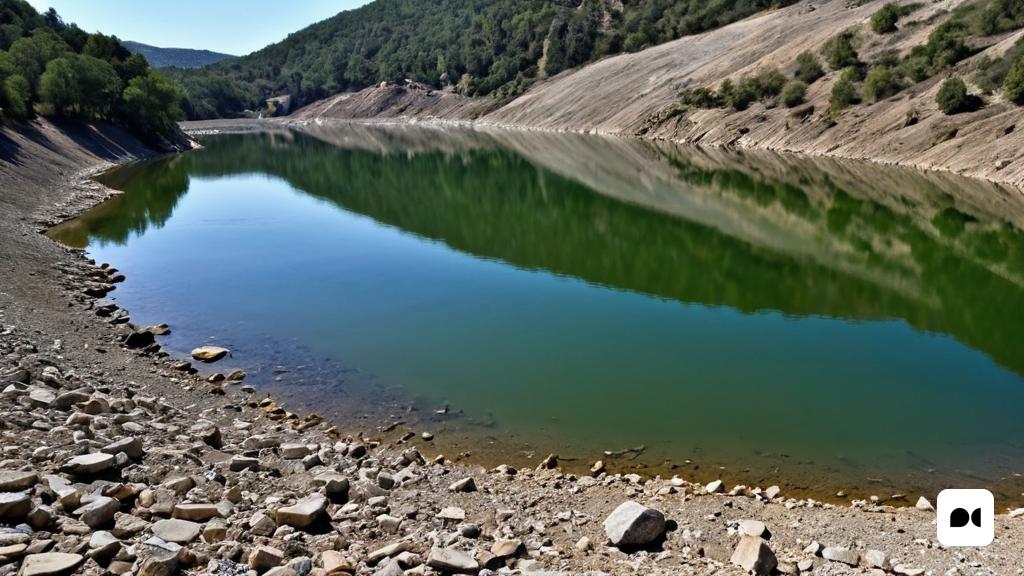Evolution of summer water reserves
The water reserves of the reservoirs located in the internal basins of Catalonia have suffered a noticeable decrease during this July, which has been dry. After four months of improvements driven by the abundant spring rains, the Catalan Water Agency (ACA) has reported that the average capacity of the nine swamps has fallen to 33.81%, that is, nearly 236 hectometres cubic of water
With a total capacity of 694 hm³, these reservoirs include several examples such as Darnius Boadella, Sau and Susqueda, among others. At the beginning of the summer season, reserves had exceeded 37% after a significant rebound, which contrasted with the severe drought that hit Catalonia for almost two years.
Impact of drought and climate
By early March 2024, reserves had fallen to 14.33%, the lowest point on record. With some recovery, at the end of April they rose to 18%, and in May they almost doubled to reach 30%. However, the recent trend has reversed again, and the numbers now point to a pullback.
Current reserves vary greatly between reservoirs, with Darnius Boadella at 21.63% and Sau at 26.20%. In contrast, Susqueda, which has increased slightly, is at 41%. Even if it is experiencing a decline, the current situation is better than the one experienced last year, when the reserves were at 27.5%.
Weather conditions: a unique July
The month of July has been marked by particularly dry and warm weather conditions. The Meteorological Service of Catalonia has recorded that a large part of the territory has experienced a dry or very dry July, with few notably rainy exceptions in the south of the Pyrenees and in specific areas of the central depression.
Storms associated with several DANAs at the beginning of the month have brought water to some areas, but this has not been enough to reverse the trend. The last days of July have recorded extraordinarily high average temperatures, standing at the highest levels in the last twenty years.
Uncertain future for water reserves
For now, the reservoirs of the Ter-Llobregat system, which supply more than 200 municipalities and millions of citizens around Barcelona, maintain a reserve level of 35.97%. This decline from the 39.3% recorded a month ago suggests a complicated picture for the summer, notably when considering the long-term trend of drought that will affect the region.
As we enter the summer season, the closure of summer presents a challenge for water management and environmental sustainability in Catalonia, with growing needs and changing circumstances that deserve constant attention.

